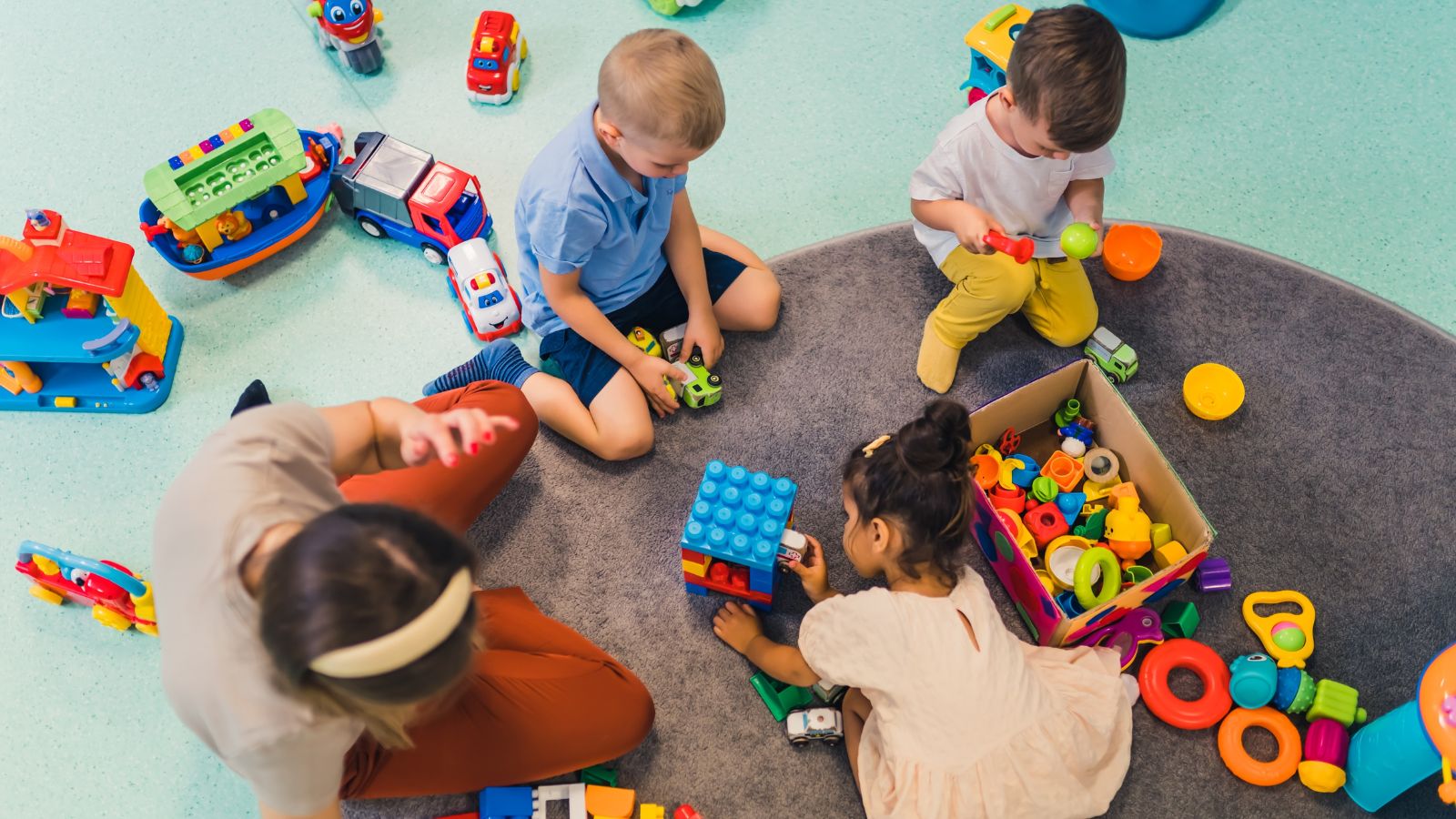In recent years, Canadian students have consistently scored higher than their American counterparts on international assessments like PISA (Programme for International Student Assessment). These results raise an important question: what is Canada doing differently in its approach to education? The answer is multifaceted. This article explores 22 significant reasons behind Canada’s educational success and what the U.S. might learn from its northern neighbor.
Strong Emphasis on Equity in Education

Canada prioritizes equal access to quality education for all students, regardless of socioeconomic background. Unlike in the U.S., where funding disparities between school districts can be vast, Canadian schools are more uniformly resourced. This focus on equity ensures that students from low-income families have similar educational opportunities as their wealthier peers, promoting a more balanced academic outcome across the country.
Robust Public Education System

Nearly all Canadian students attend public schools, which are well-funded and staffed by highly qualified teachers. The public system is not only the default but also the preferred option for most families, unlike in the U.S. where private and charter schools often draw top-performing students. This cohesive public system helps maintain consistent standards and outcomes nationwide.
High-Quality Teacher Training

Canadian teachers are required to undergo rigorous training, often including a master’s degree in education. They are also well-compensated and enjoy high social status. This ensures that those entering the profession are well-prepared and motivated, leading to higher student achievement across the board. Ongoing professional development is also encouraged and supported throughout their careers.
Less Standardized Testing

Canada emphasizes formative, teacher-led assessments over high-stakes standardized testing. While assessments do exist, they are not used to punish schools or teachers. This creates a less stressful learning environment, allowing educators to focus on developing students’ critical thinking and creativity rather than merely preparing for tests.
Holistic Curriculum Design

Canadian curricula are designed to promote well-rounded development. Alongside core subjects like math and language, students engage with arts, physical education, and civic studies. This comprehensive approach not only enhances academic skills but also fosters emotional and social intelligence, creating more adaptable and thoughtful citizens.
Multicultural and Inclusive Approach

Canada is known for its multiculturalism and inclusive education policies. Schools are equipped to support students from diverse cultural and linguistic backgrounds, ensuring that everyone feels seen and valued. Multilingual education and inclusive curricula help bridge gaps for immigrant families and promote a sense of belonging, which positively impacts academic performance.
Focus on Early Childhood Education

Early childhood education is widely accessible and highly valued in Canada. Many children attend preschool or early learning programs that focus on foundational skills before entering the formal school system. This early exposure to structured learning environments helps build cognitive and social abilities that benefit students throughout their academic journeys.
Strong Parental Involvement

Canadian schools encourage and often require parental involvement in students’ education. Parents regularly participate in school activities, governance, and communication with teachers. This collaborative approach ensures that learning continues at home and reinforces the importance of education, fostering student motivation and support outside the classroom.
Data-Driven Policy Making

Educational policies in Canada are often shaped by rigorous research and data analysis. Decision-makers rely on evidence to implement changes or introduce reforms. This results in more targeted interventions, better resource allocation, and a system that adapts effectively to emerging needs, helping students continuously succeed.
Support for Indigenous Education

Canada has made significant strides in acknowledging and supporting Indigenous education through culturally responsive teaching and curriculum inclusion. While challenges remain, targeted funding and community partnerships have improved outcomes for Indigenous students, a focus that contributes to more equitable national performance statistics.
Smaller Class Sizes

Smaller class sizes across Canadian schools allow for more personalized attention from teachers. Educators can tailor instruction to individual student needs, address issues promptly, and foster closer student-teacher relationships. These factors contribute significantly to higher academic engagement and performance among Canadian students.
Decentralized but Cohesive Governance

Education in Canada is managed at the provincial level, allowing regions to tailor policies to local needs. Despite this decentralization, provinces share best practices and follow broadly consistent standards. This creates a balance between flexibility and cohesion, enabling innovation without sacrificing quality.
Less Emphasis on Sports Over Academics

While extracurricular activities, including sports, are available and encouraged, Canadian schools generally place greater emphasis on academic achievement. Unlike the U.S., where athletic success can overshadow classroom performance, Canadian students are more often celebrated for their intellectual accomplishments, reinforcing the importance of academics.
Commitment to Bilingualism

Canada’s official bilingualism (English and French) strengthens language skills nationwide. Many students attend immersion programs or bilingual schools, which enhance cognitive flexibility and cultural awareness. Bilingual education also correlates with improved performance in other subjects, offering Canadian students a notable academic edge.
Stable School Funding Models

School funding in Canada is more centralized and equitable. Resources are typically distributed based on need rather than property taxes, which helps level the playing field between affluent and less affluent communities. This stable and predictable funding model ensures that schools can plan effectively and maintain high standards.
Integration of Technology in Learning

Canadian schools have steadily integrated technology into classrooms in thoughtful ways. Digital literacy is taught as a core skill, and teachers are trained to use technology for interactive learning. This prepares students for a digital future while enhancing their problem-solving and research capabilities.
Healthy School-Life Balance

Students in Canada generally experience less academic pressure than their American counterparts. The school day is more balanced, and homework loads are often lighter. This encourages well-being, reduces burnout, and allows time for creative and physical activities, which indirectly support better academic outcomes.
Strong Mental Health Support Systems

Mental health support is a growing priority in Canadian schools. Counselors, wellness programs, and teacher training in mental health awareness are more commonly available. By addressing emotional well-being, schools help remove barriers to learning, allowing students to focus better and perform at their best.
Well-Respected Educators

Teachers in Canada enjoy high levels of respect and autonomy. They are seen as professionals who play a critical role in shaping society. This cultural attitude attracts highly capable individuals to the profession and fosters a more committed, innovative, and effective teaching workforce.
National Identity Around Learning

Canadians often view education as a shared national priority. There is a general cultural consensus that investment in education is key to societal progress. This national ethos creates strong public support for education policies and programs, making consistent high performance more attainable.
Focus on Lifelong Learning

Canada encourages continuous learning beyond traditional schooling. Adult education, community learning centers, and government incentives promote lifelong education. This culture of continuous improvement influences students from a young age, encouraging them to see learning as an ongoing journey rather than a finite goal.
Collaborative School Culture

Canadian schools tend to foster collaborative rather than competitive environments. Group projects, peer mentoring, and inclusive classroom dynamics encourage students to learn from one another and support collective success. This sense of teamwork and shared responsibility enhances both social and academic outcomes.
22 Times Canadian Ingenuity Left the U.S. in the Dust

When people think of innovation, they often picture Silicon Valley. However, Canada has a history of innovation, too. Whether it’s redefining sports, revolutionizing medicine, or just showing America up at its own game, Canadian inventors, thinkers, and dreamers have had their fair share of mic-drop moments. Here are 22 times Canadian ingenuity left the U.S. in the dust.
22 Times Canadian Ingenuity Left the U.S. in the Dust
